diesel generator components
- By BISON
Table of Contents
A diesel generator is a reliable machine that converts the chemical energy in diesel fuel into electrical energy. It achieves this by combining a diesel engine with an electric generator. These machines are essential in many industries, such as construction, healthcare, business, and residential sectors—especially for backup power during outages and in remote or off-grid locations where access to the main electrical grid is unavailable.
Diesel generators operate by burning diesel fuel to produce mechanical energy through combustion. This mechanical energy then drives the generator to produce electricity. Their efficiency, durability, and ability to provide continuous power make them indispensable in the power generation industry.
These machines consist of several technical components that work together to ensure efficient and consistent electricity generation. In this article, BISON will explore the key components of diesel generators and understand how each part contributes to their overall performance and reliability.
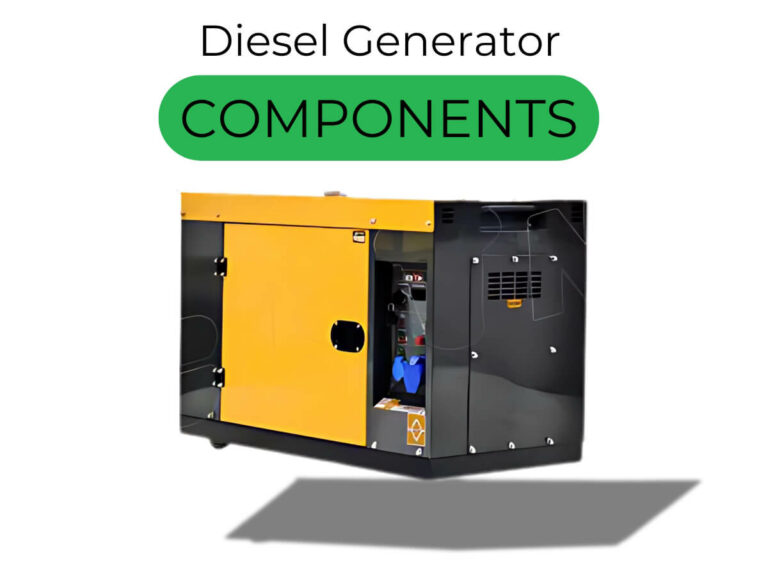
Overview of a diesel generator
A diesel generator is a machine that converts diesel fuel into electrical energy by combining a diesel engine with an alternator. It serves as a reliable source of power for a wide range of applications—from homes and businesses to large industrial facilities—especially during outages or in remote areas without access to the main power grid.
How does a diesel generator work?
Diesel generators operate on a simple energy conversion process:
- Combustion process: The engine burns diesel fuel, which mixes with air and ignites under high pressure. This combustion moves the pistons, generating mechanical energy.
- Energy conversion: The mechanical energy is transferred to the alternator. Inside, copper windings and magnetic fields work together to convert mechanical energy into electrical energy through electromagnetic induction.
- Power distribution: The generated electricity is stabilized by a voltage regulator and then directed through the control panel for use. Some generators also feature an automatic transfer switch (ATS), which allows seamless switching to generator power during outages.
This efficient process allows diesel generators to deliver steady power, making them ideal for critical facilities, construction sites, and remote operations.
Types of diesel generators
Diesel generators can be classified based on size, application, and cooling method to suit different energy demands:
By size
- Small diesel generators: Compact and portable, these are ideal for homes or small businesses. They can power lights, appliances, or small tools during outages or in remote areas.
- Medium & large diesel generators: Designed for industrial and commercial use, they provide high power output for hospitals, factories, and data centers.
By application
Standby generators: Serve as a backup power source during grid failures. Common in offices, hospitals, and homes.
Prime generators: Act as the main power source in off-grid or remote locations such as construction sites and mining operations.
Portable generators: Lightweight and mobile, ideal for temporary power needs at events, job sites, or outdoor activities like camping.
By cooling method
- Air-cooled generators: Use airflow to cool the engine. Suitable for smaller units due to their simple design.
- Liquid-cooled generators: Use water or coolant to regulate engine temperature. More efficient and used in larger, high-performance generators.
Diesel generators play a vital role in delivering dependable electricity wherever it’s needed. Their diverse types, robust performance, and adaptability make them essential in both emergency and everyday power solutions. Whether you’re powering a home, running a business, or managing a remote worksite, there’s a diesel generator designed to meet your specific needs.
Diesel generator components
A diesel generator consists of several essential components, each responsible for a specific function in the power generation process. These parts operate in coordination to ensure smooth performance and consistent electricity output. Understanding these components helps in maintaining the generator and optimizing its efficiency across various applications.
Diesel engine
The diesel engine is the heart of the generator and one of its most critical components. It converts the chemical energy of diesel fuel into mechanical energy through compression ignition. This mechanical energy powers the alternator to generate electricity. The engine’s size and capacity directly influence the generator’s power output—larger engines typically deliver more electricity. When choosing a diesel generator, it’s important to evaluate the engine’s quality and specifications, as they significantly impact performance, efficiency, and reliability.
AC alternator
The AC alternator is a vital component of a diesel generator, responsible for converting the mechanical energy produced by the diesel engine into electrical energy through the principle of electromagnetic induction. As the engine runs, it drives the rotor inside the alternator. This spinning rotor generates a magnetic field, which induces an alternating current (AC) in the stator’s windings.
Built using materials like copper windings, electrical steel, and low-carbon steel, the alternator is designed for durability and efficient energy conversion. The windings are insulated to prevent short circuits, ensuring safe operation.
Key components of an alternator include:
- Rotor: Rotates to create a magnetic field.
- Stator: Contains the stationary coils where electricity is generated.
- Regulator: Controls voltage output and distributes power to the battery.
- Rectifier: Converts AC to DC where necessary.
- Slip rings, pulley, bearings: Support mechanical and electrical operation.
Proper alternator maintenance is essential. Warning signs like overheating, burning smells, frequent short circuits, or condensation may indicate the need for repair. If the alternator fails, the entire generator system can be compromised.
Fuel system
The fuel system stores and delivers diesel fuel to the engine in precise amounts to support efficient combustion. It typically includes several components: the fuel tank, fuel pump, fuel filters, and injectors. Together, these parts ensure a steady and clean fuel supply to keep the engine running smoothly.
The fuel tank holds the diesel fuel and is usually sized according to the generator’s expected runtime. In many silent canopy generators, the tank is integrated into the generator base. For applications requiring longer operation, extended base tanks or external bulk fuel tanks can be added for increased capacity.
A properly maintained fuel system is essential for reliable generator operation, as clogged filters or faulty pumps can significantly impact performance and fuel efficiency.
Voltage regulator
The voltage regulator is a crucial component that ensures the generator produces a stable and consistent voltage output. It automatically adjusts the generator’s excitation system to maintain constant voltage levels, even when the load fluctuates.
Without a voltage regulator, the generator’s output would vary significantly depending on engine speed and load conditions. By controlling the amount of current sent to the alternator’s rotor, the regulator keeps the voltage steady—protecting both the generator and any connected equipment from damage due to voltage surges or drops.
Cooling system
The cooling system prevents the diesel generator from overheating during operation. As the engine and alternator generate heat, the cooling system circulates coolant—usually water or a coolant mixture—through the engine to absorb and carry away excess heat.
This heat is then transferred through a heat exchanger or radiator, where it is discharged outside the generator. Key components include the radiator, water pump, and thermostat. By maintaining optimal operating temperatures, the cooling system ensures efficient generator performance and prevents thermal damage.
Exhaust system
The exhaust system directs harmful gases produced during diesel combustion away from the generator and surrounding area. It functions similarly to a vehicle’s exhaust, using a network of pipes to safely expel emissions.
Key components include the exhaust manifold, muffler, and exhaust piping. This system not only removes toxic fumes but also reduces engine noise and helps the generator comply with environmental and safety regulations. Regular inspection ensures it remains leak-free and effective.
Lubrication system
The lubrication system reduces friction between the moving parts of the diesel engine. It circulates oil to vital components such as pistons, bearings, and the crankshaft, preventing wear and tear.
Beyond reducing mechanical friction, the oil also helps absorb heat and flush out contaminants. A well-functioning lubrication system ensures engine longevity and optimal performance. Regular oil checks and maintenance are essential to prevent costly breakdowns.
Battery and battery charger
The battery supplies the initial power to start the diesel generator. It powers the starter motor, which initiates the engine’s combustion process. Without a healthy battery, the generator won’t start.
To ensure the battery is always ready, many generators include a battery charger that automatically recharges the battery during generator operation. This keeps the battery at full capacity, ensuring reliable startup in emergencies or power outages.
Control panel
The control panel is the brain of the diesel generator. It allows users to start or stop the generator and monitors critical parameters such as voltage, current, frequency, and load.
Modern control panels often include automatic or manual operation modes, alarm indicators, and safety features like overload protection and emergency shutoff. It may also be integrated with an ATS (Automatic Transfer Switch) for seamless power transfer during outages.
Main components of a control panel include:
- Circuit breakers – Protect the generator from overloads and short circuits.
- Current transformers – Scale down high current for monitoring and metering.
- Control module and terminal rail – Handle data processing and wiring connectivity.
Main assembly frame
This is the structural foundation of a diesel generator. It holds all key components—engine, alternator, fuel tank, control panel, and others—securely in place. This frame ensures that everything is correctly aligned and protected during operation.
Frames can be open type for easy access and servicing or canopied (enclosed) to offer enhanced weather protection, noise reduction, and safety. For outdoor use, the frame is typically made weatherproof and designed to minimize vibration and mechanical stress, contributing to a longer service life and stable performance. Enclosures made from steel or plastic are also used in silent diesel generators to help reduce operating noise.
Conclusion
Now that you’re familiar with the essential components of a diesel generator, you can better appreciate how these systems work together to deliver reliable power. At its core, the diesel engine generates mechanical energy, which the alternator converts into electrical energy through electromagnetic induction—a process made possible by the seamless interaction of every part.
Understanding these components is not just technical knowledge—it’s the key to proper maintenance, efficient operation, and long-term reliability. From the fuel system to the battery, cooling system, alternator, and control panel, each element plays a critical role in ensuring uninterrupted performance.
When selecting a diesel generator, it’s important to consider factors such as power output, fuel efficiency, emissions, and noise levels. Modern diesel generators offer advanced features, including improved fuel management, quieter operation, and smarter control systems that make them more sustainable and user-friendly.
Whether for industrial, commercial, or backup residential use, choosing a high-quality generator tailored to your needs ensures dependable power when it matters most. Take the time to evaluate your options, and invest in a BISON generator that combines durability, efficiency, and trusted performance.
Most Popular Posts
QUESTIONS?
CONTACT US TODAY.
buy?
Related Posts
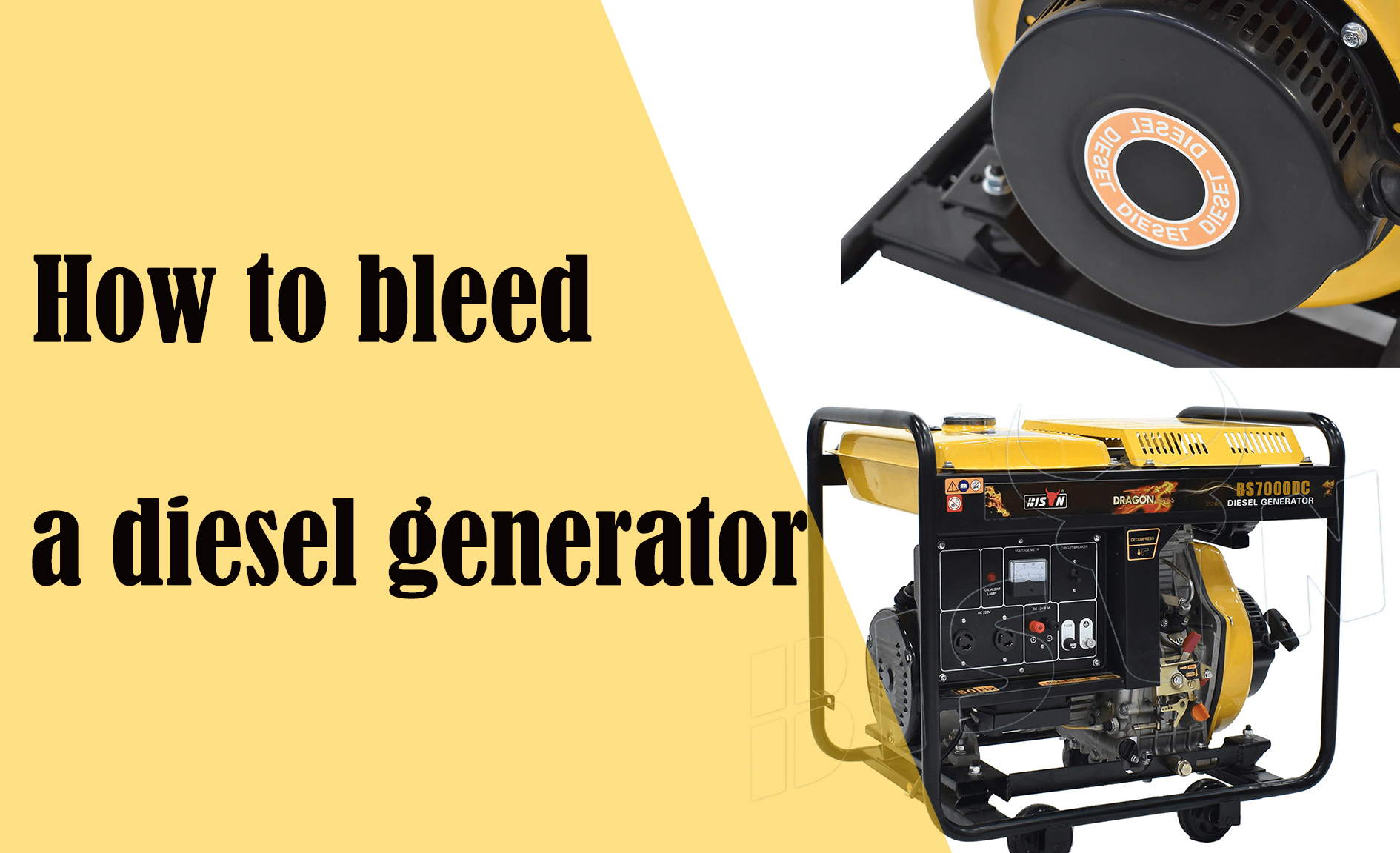
How to bleed a diesel generator
BISON will tell you through the process of properly bleeding a diesel generator. We will also explain why bleeding is important.
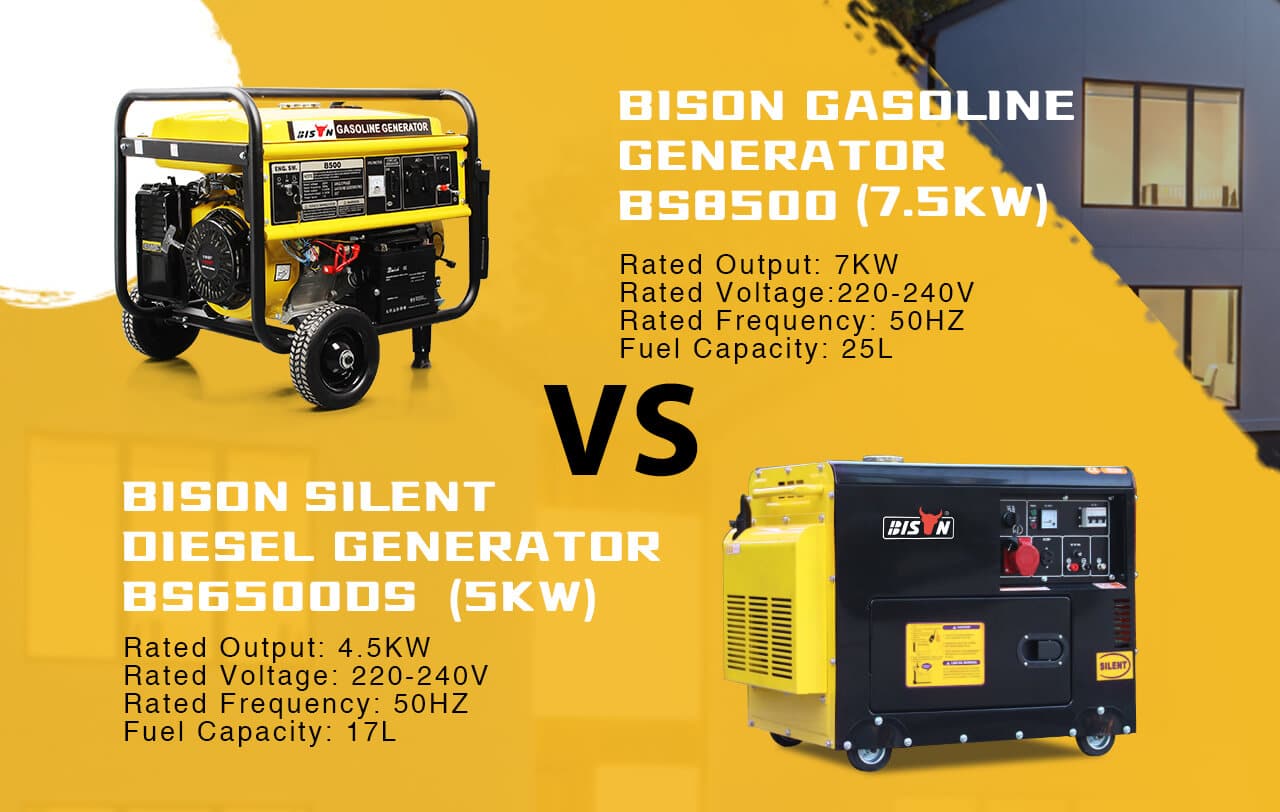
Gasoline vs Diesel Generators: A Comprehensive Comparison
This article aims to help everyone know the difference between gasoline and diesel generators. We will also tell you the pros and cons of each type of generator.
Diesel Generators Maintenance & Daily Use
Home / News / Table of Contents As a Professional Generators Manufacture, Bison understand the importance of having a reliable
Related Products
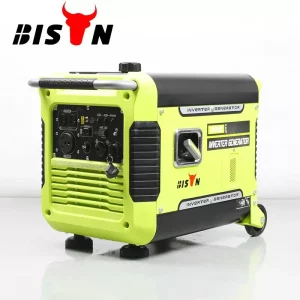
silent gasoline inverter generator for camping
Enjoy a quiet and powerful source of electricity while camping with the BISON BS-Q3000i Silent
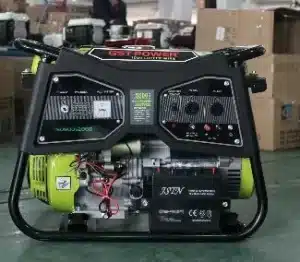
Fuel Gasoline And Propane Powered Electric Start Generator
Switch between gasoline and propane with the simple turn of the selection dial
120/240
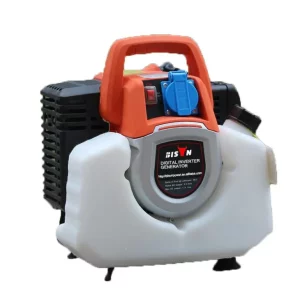
small portable gasoline inverter generator
Using 100% copper wire alternator, the small portable gasoline generator is in compliance with CE

7kw diesel generators
BISON 7kW diesel generator is a reliable and powerful source of backup power for your
.png)
-qbpqbzxxvtguiuwezisu6wo6j1i29b4m1el1ir1u8o.png)

